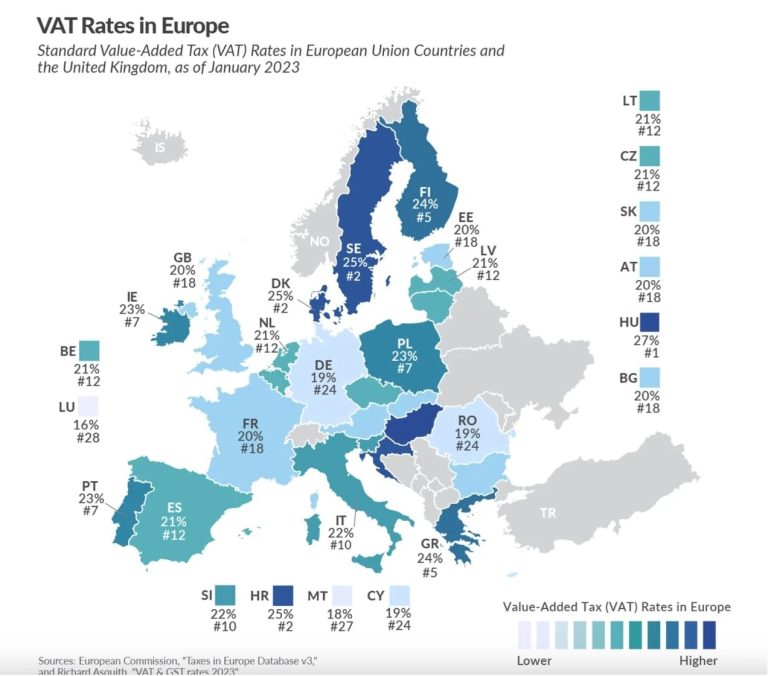Online merchants serving civically engaged shoppers will find excellent promotional opportunities on the growing X platform.
Social commerce and multichannel selling are leading trends. Merchants in 2025 sell from websites and mobile apps, via marketplaces like Amazon, and through a slew of social media platforms, including TikTok, Facebook, and X.
X Stands Out
Of this group, X is unique for at least four reasons.
Few competitors. Elon Musk purchased Twitter in 2022, prompting many prominent retail and consumer brands to abandon the platform, creating a promotional vacuum.
Ecommerce brands active on X face relatively less organic and paid competition considering the platform’s size — more than 600 million monthly users in January 2025, according to Exploding Topics, a trend-spotting tool.
SMB bias. Perhaps in response to large brands leaving, Elon Musk announced in 2023 that the X discovery algorithm would favor small-to-midsize businesses, according to TechCrunch.
Thus ecommerce SMBs on X may have a relatively greater share of voice than those on other social networks.
News-focused. X is the civic and news platform. In November 2024, the Pew Research Center reported that “about one in five Americans — including a much higher share of adults under 30 (37%) — say they regularly get news from influencers on social media.”
In turn, X is far and away the most popular social media network for news in the United States. According to Pew, 85% of social news influencers have an X account. In second place is Instagram, where 50% of news influencers have an account. X is more popular for news than some traditional media outlets.
Mostly males. Nearly 59% of active X users are men. Per Exploding Topics, X is the fastest-growing social media platform for men as a share of total users.
Promote on X
X’s recent history and news focus differentiate it from other social networks, but promoting and selling products is very similar — with ads, in a “shop,” and in posts.
Ads on X may be relatively less sophisticated than those on other social platforms, but the features are comparable. Merchants can target an audience; produce text, image, or video advertisements; and set standard performance targets such as cost per action.
Listing products on X is also similar to shops on TikTok and Meta. Shopify and other popular ecommerce platforms integrate with X to synchronize items.
X has tested ways to boost product sales. Its Product Drops beta, for example, hypes new or limited-offer products. And via X Amplify, merchants can add pre-roll advertisements to influencer videos, including news.
Live on X is increasingly popular. News influencers frequently use X to extend a podcast audience, simultaneously streaming on YouTube and X before publishing a podcast.
Look for live shopping on X to take off in the coming year.
Posts on X can introduce products and generate sales, provided merchants know the platform’s preferences. For example, the X algorithm favors posts promoting others on the network rather than linking to a product page.
A better practice is a post offering a coupon code for comments and follows and then sending it and a link as a direct message. Such an approach can increase reach on X and sales.
Think of the discount as a cost to acquire customers — similar to advertising. Consider the example below from my t-shirt shop.

Merchants on X can post a discount offer that encourages follows, comments, and sales.
Expectations
Promoting and selling products on X may not perform as well as TikTok Shop or Meta Ads — both among the top social commerce and ad channels.
Yet X’s unique position as the dominant source of news and current events makes it a good second or third social media sales channel for many retail and direct-to-consumer brands and a primary option for brands focused on news, politics, and males.
Wassom Watch Co., below, is an example

Brands aimed at men or participating in political and civil discussions may find X a productive platform.




